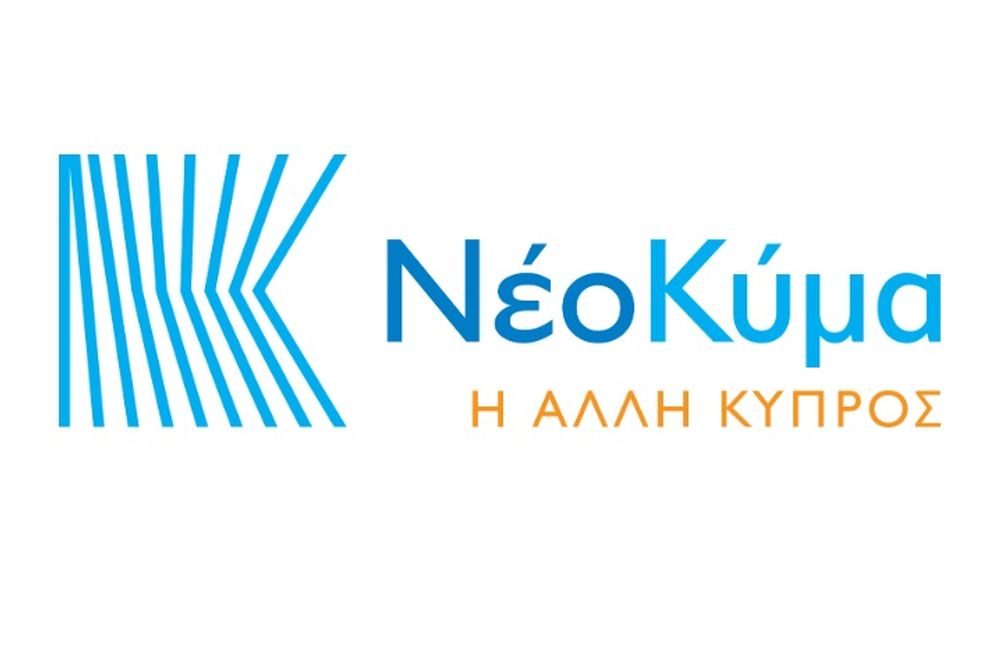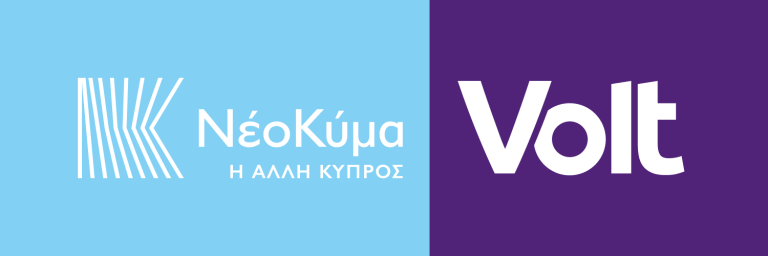By Nicos G. Sykas*
The global Covid-19 pandemic is approaching its eleventh month, a protracted period defined by extreme uncertainty. Uncertainty levels from recent global shocks do not approach those of the present Covid-19-triggered crisis. The IMF’s GDP contraction forecast for 2020 is more than double the estimated contraction that took place in 2009, the worst year of the earlier global financial crisis.
Uncertainty is different than risk. Risk is about futures to which probabilities can be reasonably assigned. Uncertainty is about futures for which a probability distribution cannot be determined. Uncertainty is inherent in the complex ecosystems companies operate in. It comes from the constant evolution of customer demand, from new technological possibilities and designs, from competitive surprises and from political, economic and social shifts. Uncertainty is multi-dimensional.
There are at least three types of uncertainty: probability, ambiguity, and complexity:
a) Probability uncertainty refers to situations in which it is difficult to ascertain risk levels: Not only do you not know what will happen, you also don’t know how likely each outcome is.
b) Ambiguity uncertainty refers to situations in which we are faced with imprecise, insufficient, or conflicting information.
c) Complexity occurs when an issue is technically complex and difficult to understand.
The sources of uncertainty facing the entrepreneurship journey can be coded as follows:
1. Technology potential: Invariably, innovation opportunities are distilled from the emergence of new technologies. At the early stage, the underlying potential remains unclear. How far technology potential will remain amenable to growth often poses risks to investment.
2. Customer preferences: Technological innovation targets to offer solutions that customers have not experienced yet. Despite the value proposition, until and unless customers prefer the offered solutions, innovators dot not succeed in generating revenue.
3. Response to competition: The third source of uncertainty facing the innovation journey is the response of competitors. Once an innovation starts showing possibility of unlocking profitable business opportunities, competition starts showing up in the form of replication, imitation, innovation, and also substitution.
4. Policy and regulation: Uncertain regulation poses a risk to profit-making opportunities for innovative ideas.
5. Infrastructure readiness: In the absence of readiness of infrastructure, often high-value innovation faces a serious barrier to diffusion.
Uncertainty can be measured in magnitude and duration. Extreme uncertainty –defined in terms of novelty, magnitude, duration, and the rapid pace of change– generates a difficult operating environment for managers and organizations. The radically changed circumstances call for new forms of leadership, new ways of working, and new operating models.
Unlike the more familiar and routine risks a company faces, novel risks are difficult to quantify in terms of likelihood or impact. They arise in one of three situations:
a) The triggering event is outside the risk bearer’s realm of imagination or experience or happens somewhere far away. These kinds of events are sometimes labeled Black Swans, but they’re not inherently unpredictable. In his book ‘The Black Swan – The Impact of the Highly Improbable’ Nassim Taleb mentions that “I will never get to know the unknown since, by definition, it is unknown. However, I can always guess how it might affect me, and I should base my decision around that […] This idea that in order to make a decision you need to focus on the consequences (which you can know) rather than the probability (which you can’t know) is the central idea of uncertainty […] As it happens, many rare events yield their structure to us: it is not easy to compute their probability, but it is easy to get a general idea about the possibility of their occurrence. We can turn these Black Swans into Grey Swans, so to speak, reducing their surprise effect.”
b) Multiple routine breakdowns combine to trigger a major failure. Large, interconnected technologies, systems, and organizations can lead to a situation in which a number of events, each manageable in isolation, coincide to create a ‘perfect storm’.
c) The risk materializes very rapidly and on an enormous scale, as in the Covid-19 pandemic. The CoV-2 coronavirus, despite being a variant of SARS, was novel because people it infected were both asymptomatic and contagious for an extended period, spreading it much farther and faster than most national health care systems had planned for.
The great danger has always been too much connectivity. Proliferating global networks, both physical and virtual, inevitably incorporate more fat-tail risks into a more interdependent and fragile system: not only risks such as pathogens but also computer viruses, or the hacking of information networks, or reckless budgetary management by financial institutions or state governments, or spectacular acts of terror. Any negative event along these lines can create a rolling, widening collapse –a true Black Swan– in the same way that the failure of a single transformer can collapse an electricity grid.
We live in a world of non-linear change, and still, it seems that we think in a linear mode. The linear models and the traditional static tools used have not succeeded in combating the non-linear dynamics of the Covid-19 pandemic. In the age of Black Swans and Perfect Storms, a holistic, multi-domain approach and new dynamic tools are needed.
In his book ‘Antifragile – things that gain from disorder’ Taleb states that “Antifragility is beyond resilience or robustness. The resilient resists shocks and stays the same; the antifragile gets better […] The antifragile loves randomness and uncertainty […] In every domain or area of application, we propose rules for moving from the fragile toward the antifragile, through reduction of fragility or harnessing antifragility. And we can almost always detect antifragility (and fragility) using a simple test of asymmetry: anything that has more upside than downside from random events (or certain shocks) is antifragile; the reverse is fragile […] Fragility is quite measurable, risk not so at all, particularly risk associated with rare events”. As Taleb points out, instead of predicting failure and the probabilities of disaster, we should instead focus on exposure to failure – making the prediction or nonprediction of failure quite irrelevant.
Taleb introduces the barbell (or bimodal) strategy as a way to achieve antifragility: “The first step toward antifragility consists in first decreasing downside, rather than increasing upside; that is, by lowering exposure to negative Black Swans and letting natural antifragility work by itself […] I initially used the image of the barbell to describe a dual attitude of playing it safe in some areas (robust to negative Black Swans) and taking a lot of small risks in others (open to positive Black Swans), hence achieving antifragility […] But the barbell also results, because of its construction, in the reduction of downside risk – the elimination of the risk of ruin […] This ability to switch from a course of action is an option to change […] an option is what makes you antifragile and allows you to benefit from the positive side of uncertainty, without a corresponding serious harm from the negative side”.
Antifragile risk taking is largely responsible for innovation and growth. The more uncertainty, the more role for optionality to kick in, and the more you will outperform. As Taleb mentions: “Innovation is precisely something that gains from uncertainty: and some people sit around waiting for uncertainty and using it as raw material, just like our ancestral hunters […] We can detect what likes volatility thanks to convexity […] We can build Black Swans–protected systems thanks to detection of concavity […] When someone has more upside than downside in a certain situation, he is antifragile and tends to gain from (a) volatility, (b) randomness, (c) errors, (d) uncertainty, (e) stressors and (f) time. And the reverse”.
The new dynamic Innovation Model I have developed, among other sets out more than 60 asymmetric innovation strategies, cross-cutting tools and creative techniques which can help Organizations modify their exposure accordingly in order to discover and exploit positive asymmetries (open to opportunities) and avoid negative asymmetries (protect themselves against dangers). In the current crisis, for example, the objective is twofold: contain the pandemic and open the economy.
This flexible tool –presented analytically in a 240-page practical Guide I have prepared– can:
1. Turn uncertainty and volatility into raw materials of innovation.
2. Help the Public Sector, Local Government Organizations, Business (Startups and Large Corporations), the Academic and Research Community and the Armed Forces innovate much more effectively.
3. Be used for the design and implementation of European Programs: Horizon Europe, the European Green Deal, the EU Recovery Fund etc.
4. Maximize the impact –scientific, economic, social– of innovation.
5. Accelerate recovery from the coronavirus-induced recession.
*Nicos G. Sykas is Strategy, Communication and Innovation Consultant.


